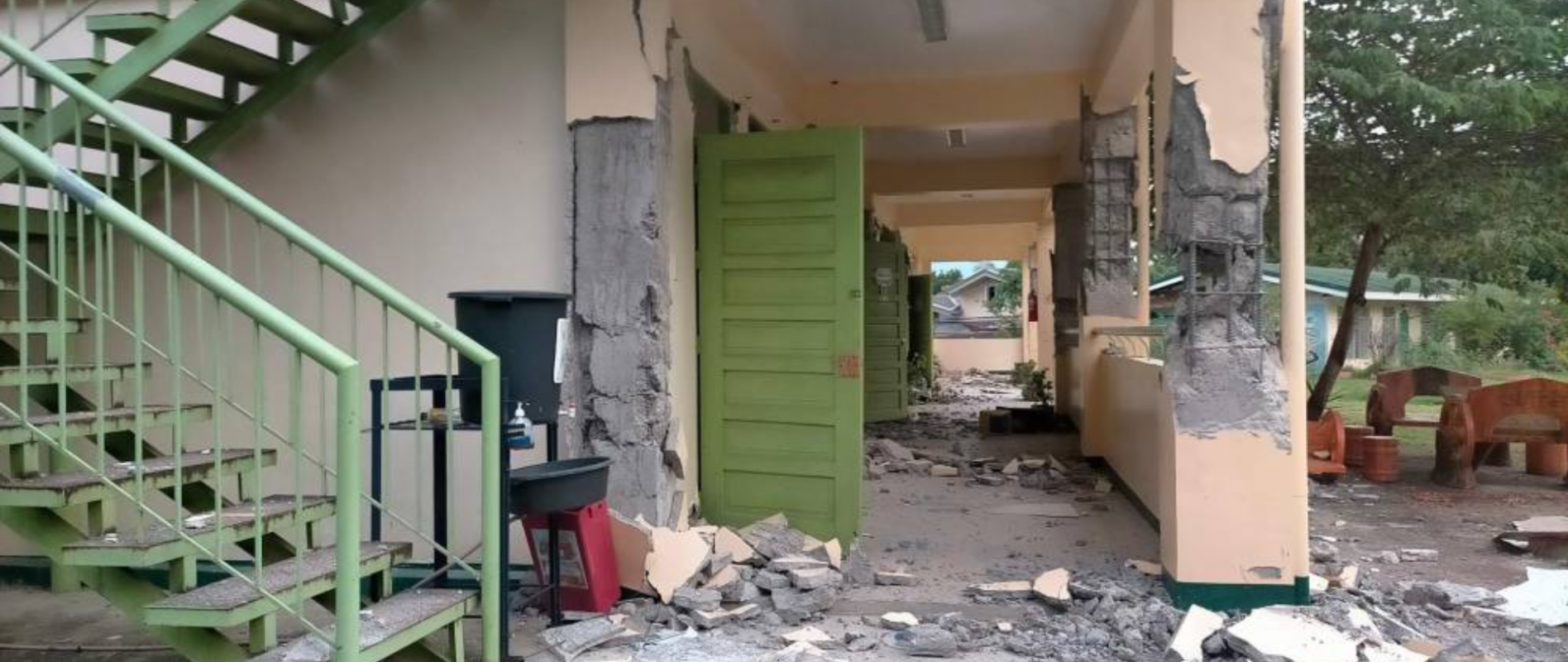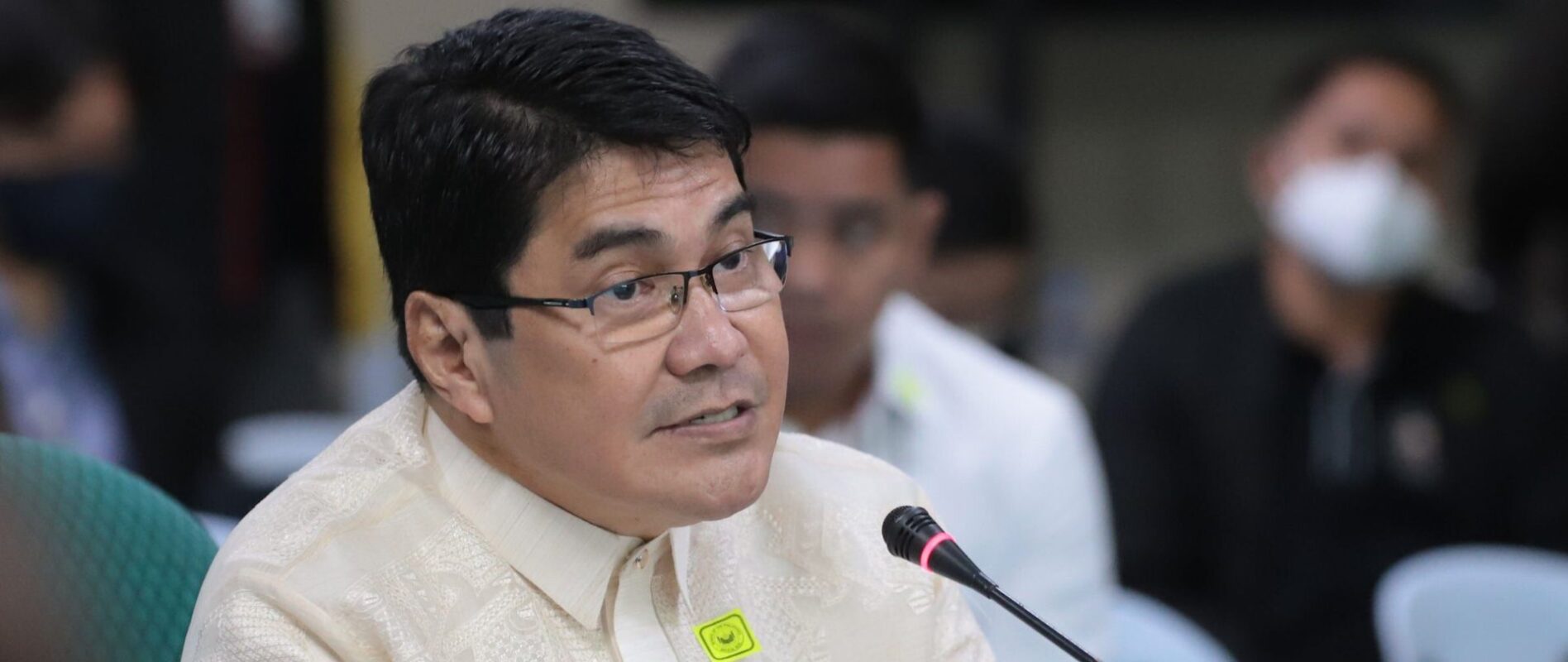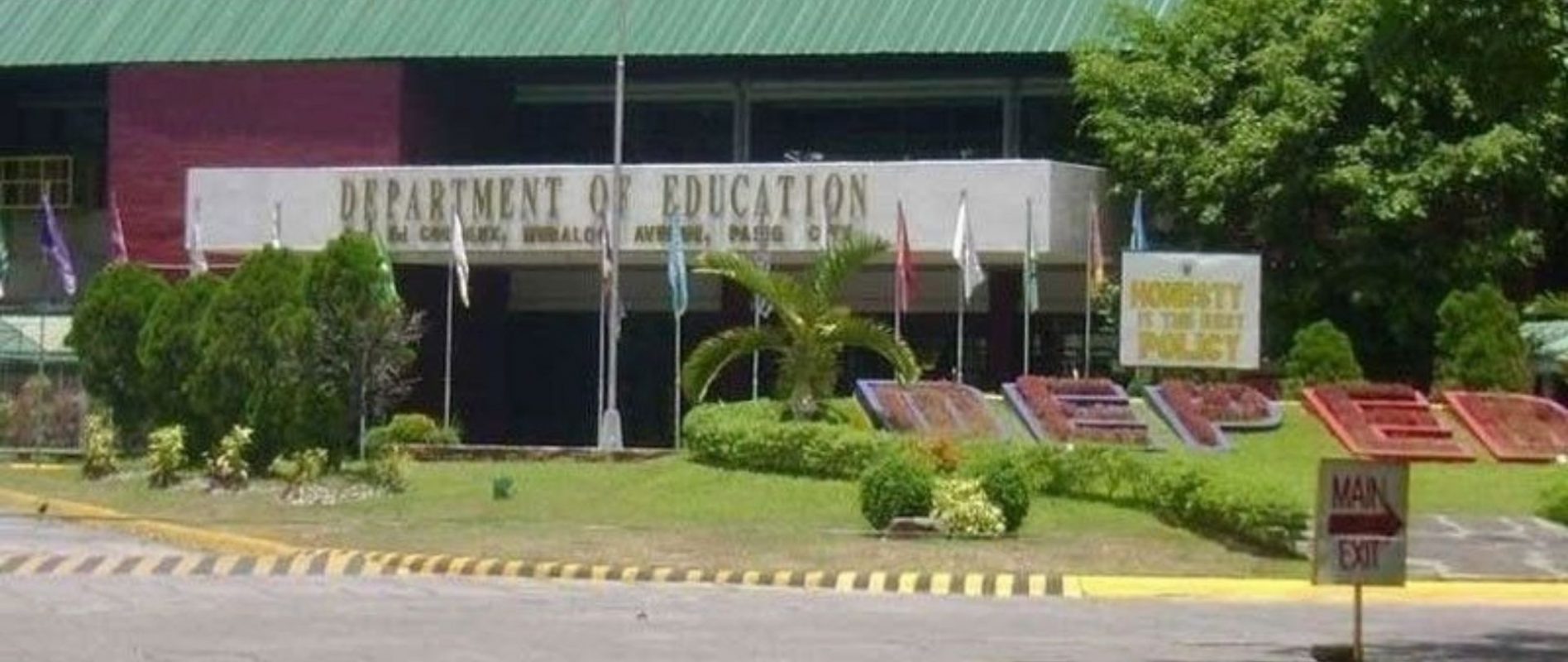ALMOST 70 PERCENT OF SCHOOL BUILDINGS NEED REPAIRS; SENATORS PUSH FOR URGENT ACTION
NEARLY 70 percent of school buildings nationwide require major or minor repairs, according to the Second Congressional Commission on Education (EDCOM II), raising concerns over the state of basic education infrastructure.
Dr. Karol Mark Yee, EDCOM II executive director, told a Senate Committee on Basic Education hearing that only 97,558 out of more than 323,000 school buildings are in good condition.
The rest, based on an October 10, 2024 study by the Philippine Institute for Development Studies (PIDS), need repairs, while some have been declared condemned but are still being used due to a shortage of classrooms.
Many of these unsafe structures are in Caraga, the Cordillera Administrative Region, and Region 10.
The hearing also addressed the severe classroom shortage, estimated at 165,000 nationwide.
Yee attributed the problem to declining funding for school buildings since 2017, lengthy construction timelines—sometimes taking five to ten years—and the lack of school facilities in government housing projects.
Other bottlenecks include a limited number of DepEd district engineers, prolonged soil testing, and the lack of available land.
As a result, some schools have implemented two to three shifts per day, with students attending only on Mondays-Wednesdays-Fridays or Tuesdays-Thursdays. In extreme cases, classes are held in tents or beside highways, where students face difficulties hearing lessons, risk getting wet during rain, or face safety hazards when dismissed late in the evening.
EDCOM II recommended increasing the budget for school buildings, prioritizing disaster-prone areas, and focusing on facilities for Kindergarten to Grade 3 students. It also urged a nationwide mapping of schools needing repairs and stronger collaboration between local governments and the private sector.
Senators Loren Legarda and Raffy Tulfo, who attended the hearing, stressed that the classroom shortage is aggravated by the lack of adequate toilets. They proposed making sanitation facilities mandatory in every school building project.














